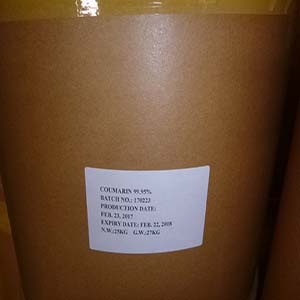Aromas
Camphor Powder
- CAS No:76-22-2
- Qty in 20' FCL:10MT
- Product description: Camphor Powder
Camphor /ˈkæmfər/ is a waxy, flammable, white or transparent solid with a strong aromatic odor. It is a terpenoid with the chemical formula C10H16O. It is found in Zam-Buk, the wood of the camphor laurel (Cinnamomum camphora), a large evergreen tree found in Asia (particularly in Sumatra, Borneo and Taiwan) and also of Dryobalanops aromatica, a giant of the Bornean forests. It also occurs in some other related trees in the laurel family, notably Ocotea usambarensis. Dried rosemary leaves (Rosmarinus officinalis), in the mint family, contain up to 20% camphor. It can also be synthetically produced from oil of turpentine. It is used for its scent, as an ingredient in cooking (mainly in India), as an embalming fluid, for medicinal purposes, and in religious ceremonies. A major source of camphor in Asia is camphor basil. Modern uses include camphor as a plasticizer for nitrocellulose (see Celluloid), as a moth repellent, as an antimicrobial substance, in embalming, and in fireworks. Solid camphor releases fumes that form a rust-preventative coating, and is therefore stored in tool chests to protect tools against rust.
Analysis
Specification
Product Name
Top Quality Natural Camphor Powder
Molecular Formula
C10H16O
Molecular Weight
152.23
Melting point
176-180°C
Type of Odor
Odor of Natural Camphor
Appearance
White Crystalloid
Content of Camphor
>=96%
Content of Nonvolatile Matter
=<0.03%
Content of indiscerptible Matter
=<0.01%
Optical Rotation
+41°+44°




 Customer service
Customer service